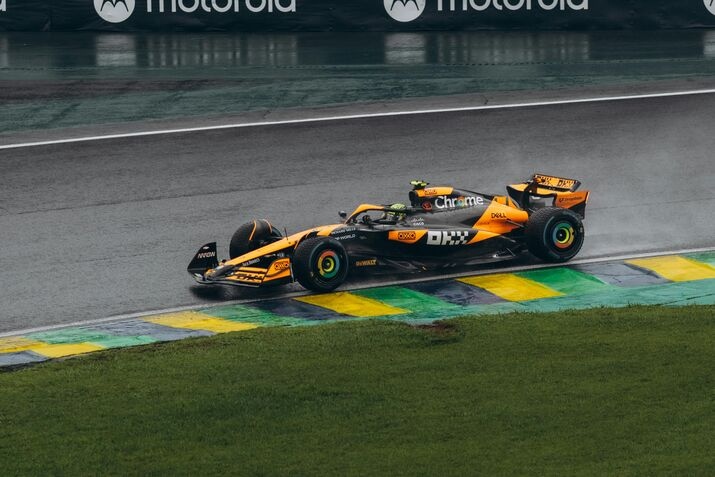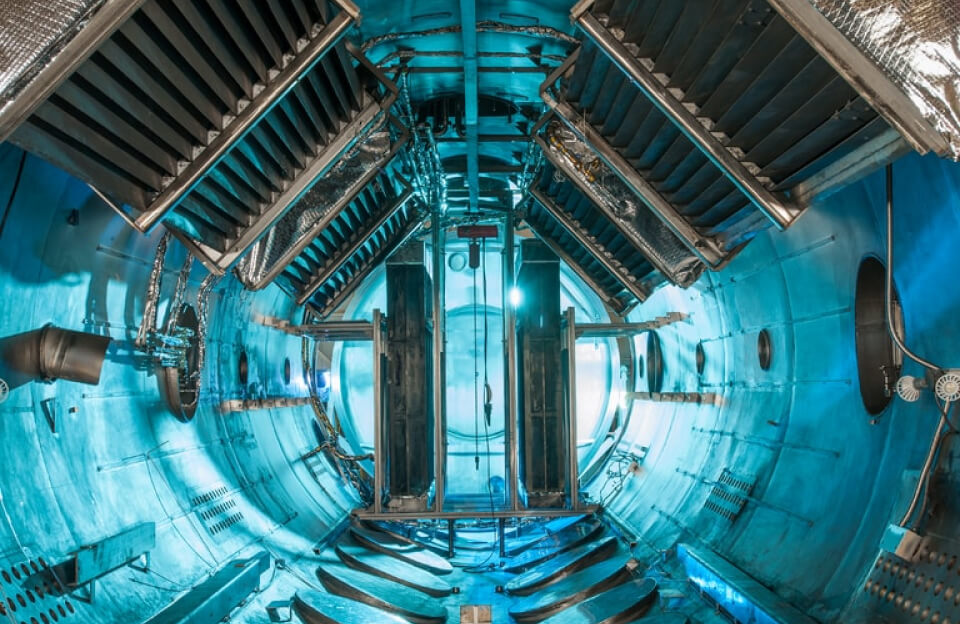Williams Grand Prix Engineering is an iconic F1 team full of passion, innovation, and resilience. Founded in the late 1970s by Sir Frank Williams and Patrick Head, the outfit quickly grew from a small setup into a motorsport powerhouse. This blog details its history, engineering excellence, and legacy.
The Origins of Williams Grand Prix Engineering
Founded in 1977, Williams Grand Prix Engineering began with Frank Williams and Patrick Head working from a modest Didcot workshop, blending vision and skill to build a future F1 powerhouse.
From the start, Williams was committed to engineering excellence, relentlessly pushing boundaries and innovating despite limited resources to challenge F1’s giants.
Early glory and the rise to power
Williams claimed its first win in 1979 at Silverstone with Clay Regazzoni, marking its arrival at the top level. In 1980, Alan Jones led the team to its first Constructors’ and Drivers’ Championships.
That title was truly the start of Williams’s ascension to glory. The entire 1980s and early ’90s were the days of its golden perio,d when it was synonymous with success, winning several World Championships with drivers such as Rosberg, Piquet, Mansell, Prost, and Hill, with the support of very capable engineering.
Engineering Innovation: The Core of Williams Grand Prix Engineering
That “Engineering” at the end of the name Williams Grand Prix Engineering is not just a tag; it is an institution. The brains behind such innovations was Patrick Head, technically stripping back the curtains over many changes in the face of Formula 1.
Williams was among the first teams to develop active suspension, allowing cars to adjust automatically for better performance. Featured in the dominant FW14B during the 1992 season with Nigel Mansell, this tech cemented the car’s legacy. Williams also led advances in aerodynamics and chassis design, constantly improving speed and handling.
Relentless innovation gave Williams a major edge, especially when paired with top engine partners like Honda, Renault, and BMW.

Crucial Partnerships in the Development of Williams Grand Prix Engineering
The success of Williams Grand Prix Engineering was built not only on technical innovation but also on its engine manufacturers. These partnerships gave Williams vital access to powerful and reliable engines and thus the capacity to fiercely contest for championships.
- Honda (1983–1987): This alliance provided the moon for Williams to begin its climb to becoming a true championship contender with its powerful and efficient engines.
- Renault (1989–1997, 2012–2013): Williams achieved its zenith with Renault engines, from which it garnered several championships and arguably produced some of the most beautiful cars in the history of Formula 1.
- BMW (2000–2005): BMW, in the years of heightened challenges, provided its engines, though the ultimate roar of the championship has yet to do so.
Each partnership enabled the team to compete in its own way during different eras of Formula 1.
The 1994 Season: Tragedy and Triumph
Despite its highs, Williams’ history includes tragedy. The dark year of 1994 saw Ayrton Senna’s death at San Marino, shaking the entire motorsport world.
“Senna joined Williams, aiming for glory, but his death shocked the team and sport, leading to safer racing in F1. Williams soon bounced back, with Damon Hill winning the 1996 Drivers’ Championship, followed by Jacques Villeneuve in 1997.”
Challenges in the Modern Era
After the 1990s success, Williams struggled to compete with big names such as Ferrari, Mercedes, and Red Bull, faced financial problems, and went through tough regulatory changes, all preventing its return to glory.
Williams raced with pride but fell short of fans’ expectations. Still, innovation, development, and nurturing young talent remain central to its mission.
The New Chapter: Change in Ownership and Reconstruction
A new chapter began in 2020 when Dorilton Capital acquired Williams, ending an era and starting a focused rebuild.
Williams aims to leverage Dorilton Capital’s resources and leadership to regain competitiveness. Key early steps include upgrading the factory, modernizing car development, and expanding the team. Promising drivers like Alexander Albon are set to play a vital role in the push to restore past glory. click here
Legacy and Influence on Motorsport
The legacy of Williams Grand Prix Engineering is undisputed. The team has provided multiple world championships and continues to be a place for developing engineering talent and driver training. It stands for the principles of persistence, innovation, and sportsmanship.
Williams also continues to promote the cause of diversity and expand inclusiveness within motorsport, thus moving towards a future that they envision.
The Culmination: Williams Grand Prix Engineering’s Perpetual Spirit
The Williams story is an epic of resilience and innovation. The saga traverses from unassuming beginnings all the way through to glory, tragedy, and decline, to now, a landscape of hope forged through the first steps of restoration.
As Williams fights to return to the top, fans remain hopeful the legendary team will reclaim its place in Formula 1.



